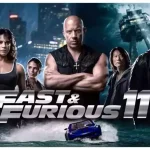Windtalkers (2002): Exploring the Untold Heroes of World War II Through the Lens of John Woo’s Epic War Drama
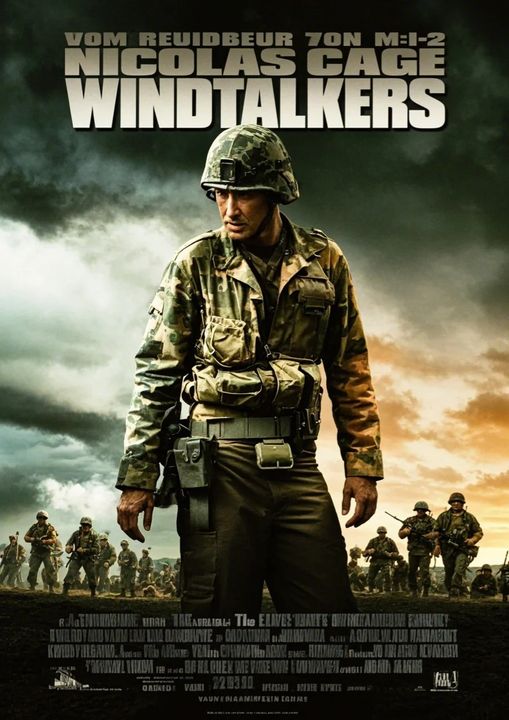
Windtalkers, a war film released in 2002, stands out for its portrayal of a little-known but significant part of World War II history: the role of the Navajo Code Talkers. Directed by John Woo and featuring a star-studded cast including Nicolas Cage, Adam Beach, Christian Slater, and Peter Stormare, the film combines gripping action sequences with a poignant story about cultural identity, loyalty, and sacrifice. While the movie garnered mixed reviews upon its release, it resonated with audiences for its breathtaking battle scenes and the powerful tribute it pays to the unique contributions of the Navajo people.
Plot Overview
Set against the backdrop of World War II’s Pacific Theater, Windtalkers centers around the use of a coded language based on Navajo, an indigenous American language, to securely transmit military communications. The story follows Marine Sergeant Joe Enders (Nicolas Cage), a battle-hardened soldier who is assigned a challenging and morally complex mission: to protect a Navajo Code Talker named Ben Yahzee (Adam Beach) while ensuring that the code never falls into enemy hands. If Yahzee is at risk of capture, Enders must be prepared to protect the code by any means necessary, even if it means taking the life of his own comrade.
The film explores the dynamic between Enders and Yahzee as they navigate the brutal realities of war. As the story unfolds, their relationship evolves from a reluctant partnership to a bond forged through shared hardship and mutual respect. The movie showcases the intensity of combat while delving into themes of loyalty, cultural identity, and the devastating impact of war on both soldiers and civilians.
The Historical Significance of the Navajo Code Talkers
One of the most compelling aspects of Windtalkers is its focus on the Navajo Code Talkers, whose contributions were instrumental to the U.S. military’s efforts during World War II. The use of the Navajo language as a code was a stroke of genius, as it proved to be an unbreakable encryption for the Japanese forces. The Code Talkers played a crucial role in major battles, such as the Battle of Saipan, where their communications helped coordinate American forces and secure key victories. By bringing this story to the big screen, the film aims to shine a light on a group of unsung heroes whose efforts had long been overlooked in mainstream war narratives.
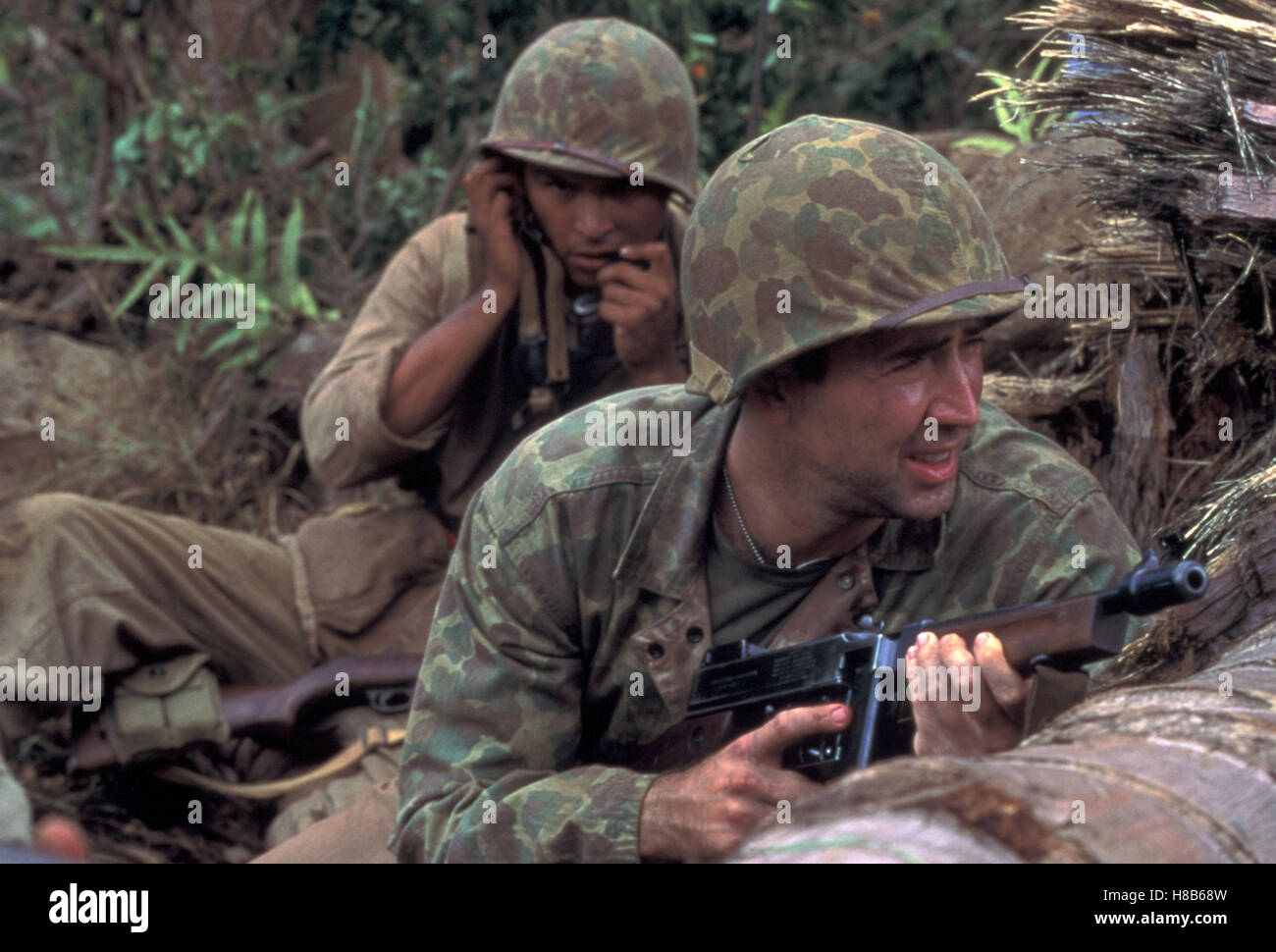
The coded messages, derived from Navajo words, were used to convey military tactics, troop movements, and battlefield coordinates. Since the language was unwritten and complex, it provided an ideal basis for a code that the enemy could not decipher. In the film, this unique method of communication is highlighted as an innovative and indispensable tool that contributed to the Allied victory in the Pacific.
Themes of Friendship, Loyalty, and Sacrifice
At the heart of Windtalkers lies the relationship between Sergeant Joe Enders and Ben Yahzee, which evolves from a tense and distrustful association to a deep bond rooted in mutual understanding. Enders initially views Yahzee as just another mission, burdened by the knowledge that his duty may require him to kill the very man he is tasked to protect. However, as the war rages on, they both come to realize that they are fighting for the same cause and share a sense of duty that transcends their cultural differences.
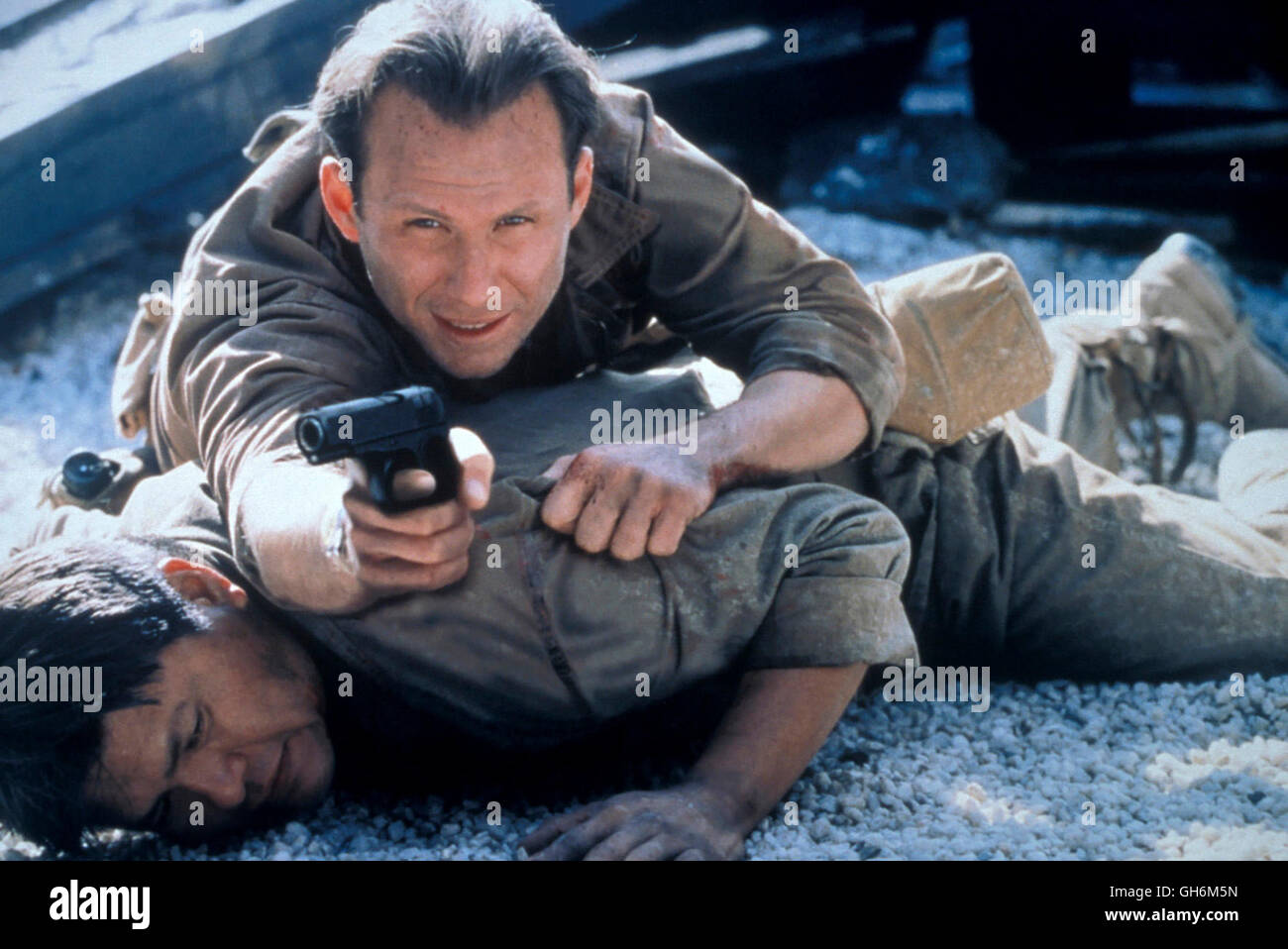
The film explores how friendship and loyalty develop amid the chaos of war, portraying the emotional and psychological toll it takes on soldiers. As Yahzee risks his life to send critical messages and Enders fights to keep him safe, they experience moments of camaraderie and trust, showing the human side of warfare. The film’s exploration of these themes goes beyond the battlefield, emphasizing the importance of recognizing the sacrifices made by all those who served.
Cultural Representation and the Role of the Navajo Language
Windtalkers not only serves as a war film but also as a cultural piece that highlights the significance of the Navajo language and heritage. The film brings attention to the Navajo culture by demonstrating how the language was used as a code, celebrating its unique qualities and resilience. It also addresses the challenges faced by Native Americans who served in the military, often facing discrimination despite their critical contributions to the war effort.
By incorporating the Navajo language into the dialogue and emphasizing its role in military strategy, the movie acknowledges the cultural heritage of the Code Talkers. This aspect of the film invites viewers to reflect on the broader implications of cultural preservation and recognition, especially in the context of wartime sacrifices made by minority groups.
Director John Woo’s Vision: Blending Action with Emotion
John Woo, known for his mastery of action sequences, brings his signature style to Windtalkers, featuring dramatic battle scenes that capture the chaos and intensity of World War II combat. His direction emphasizes not only the visceral nature of war but also the emotional struggles of the characters. Woo’s approach to depicting warfare blends Hollywood spectacle with a deeper, more personal narrative, aiming to honor the sacrifices made by soldiers while also providing an engaging cinematic experience.
The battle sequences are characterized by explosive action and gritty realism, drawing audiences into the heart of the conflict. However, Woo does not shy away from showing the tragic consequences of war, using these moments to add weight to the film’s themes of sacrifice and survival. The juxtaposition of intense action and poignant character development aims to create a balanced portrayal of wartime heroism and the harrowing experiences faced by those on the front lines.
Mixed Reception and Legacy
Upon its release, Windtalkers received mixed reviews from critics, who praised the action sequences and the performances of Nicolas Cage and Adam Beach but criticized the film’s script and historical accuracy. Some felt that the movie focused too much on the fictionalized narrative rather than fully exploring the real-life experiences of the Navajo Code Talkers. Despite these critiques, many audience members appreciated the film’s attempt to bring attention to a lesser-known aspect of World War II history.
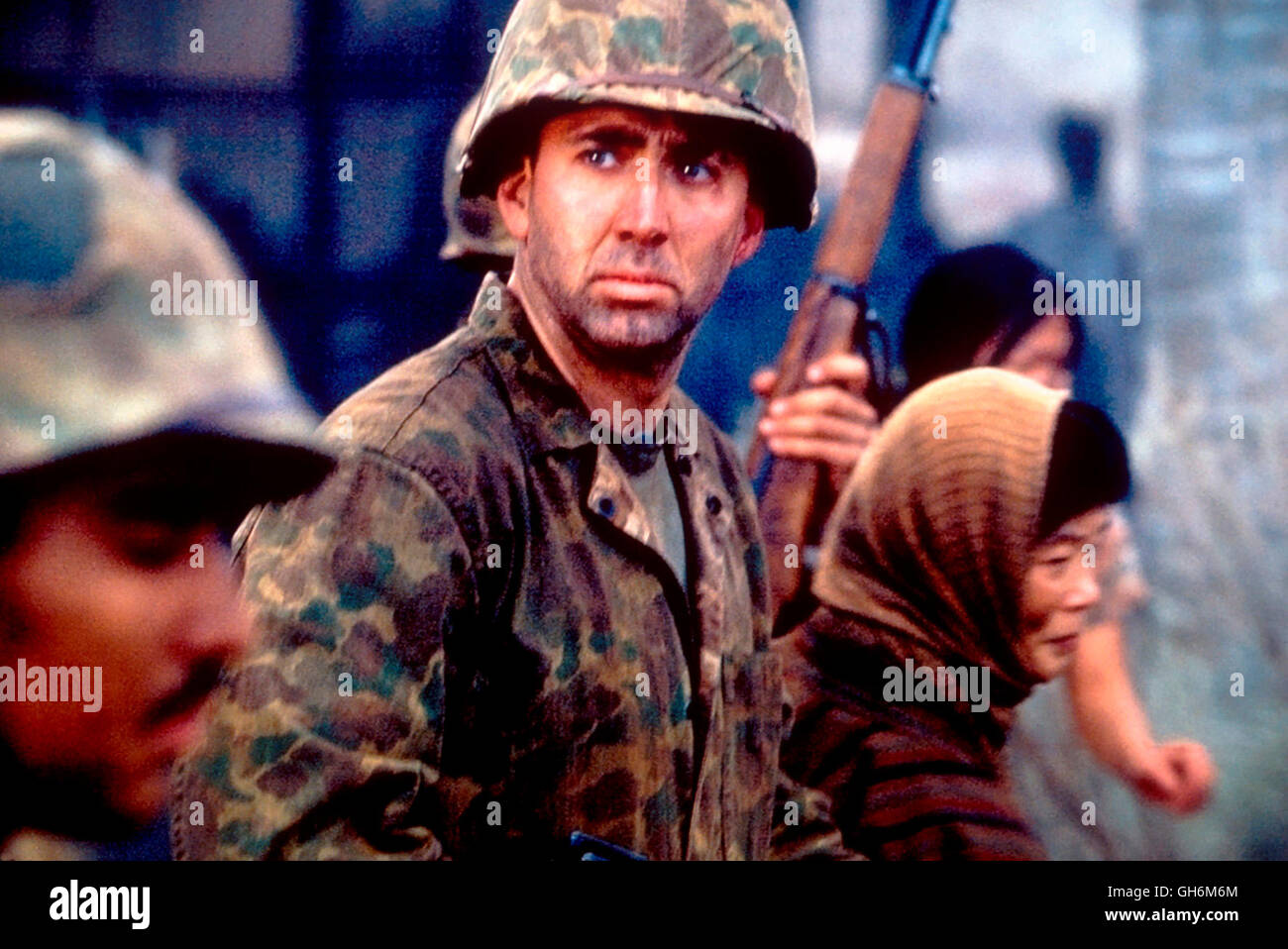
For those who view the film as a tribute to the Navajo Code Talkers, Windtalkers remains a significant work that provides a cinematic platform for discussing the contributions of Native American soldiers. It has sparked interest in learning more about the real Code Talkers and has contributed to a broader awareness of their role in the war.
Conclusion
Windtalkers (2002) offers a unique perspective on World War II, highlighting the contributions of the Navajo Code Talkers in a story that combines gripping action with powerful emotional themes. The film shines a light on the bravery and resilience of these unsung heroes, while also delving into the complexities of friendship, duty, and cultural identity amidst the horrors of war. Though it may not be without its flaws, Windtalkers serves as an important reminder of the diverse voices and stories that shaped history.
Through the lens of John Woo’s direction and the performances of a talented cast, the film provides an engaging and thought-provoking depiction of a chapter in history that deserves recognition. For viewers seeking a war movie that goes beyond standard combat scenes to explore deeper themes of loyalty, cultural significance, and sacrifice, Windtalkers stands as a compelling choice.











